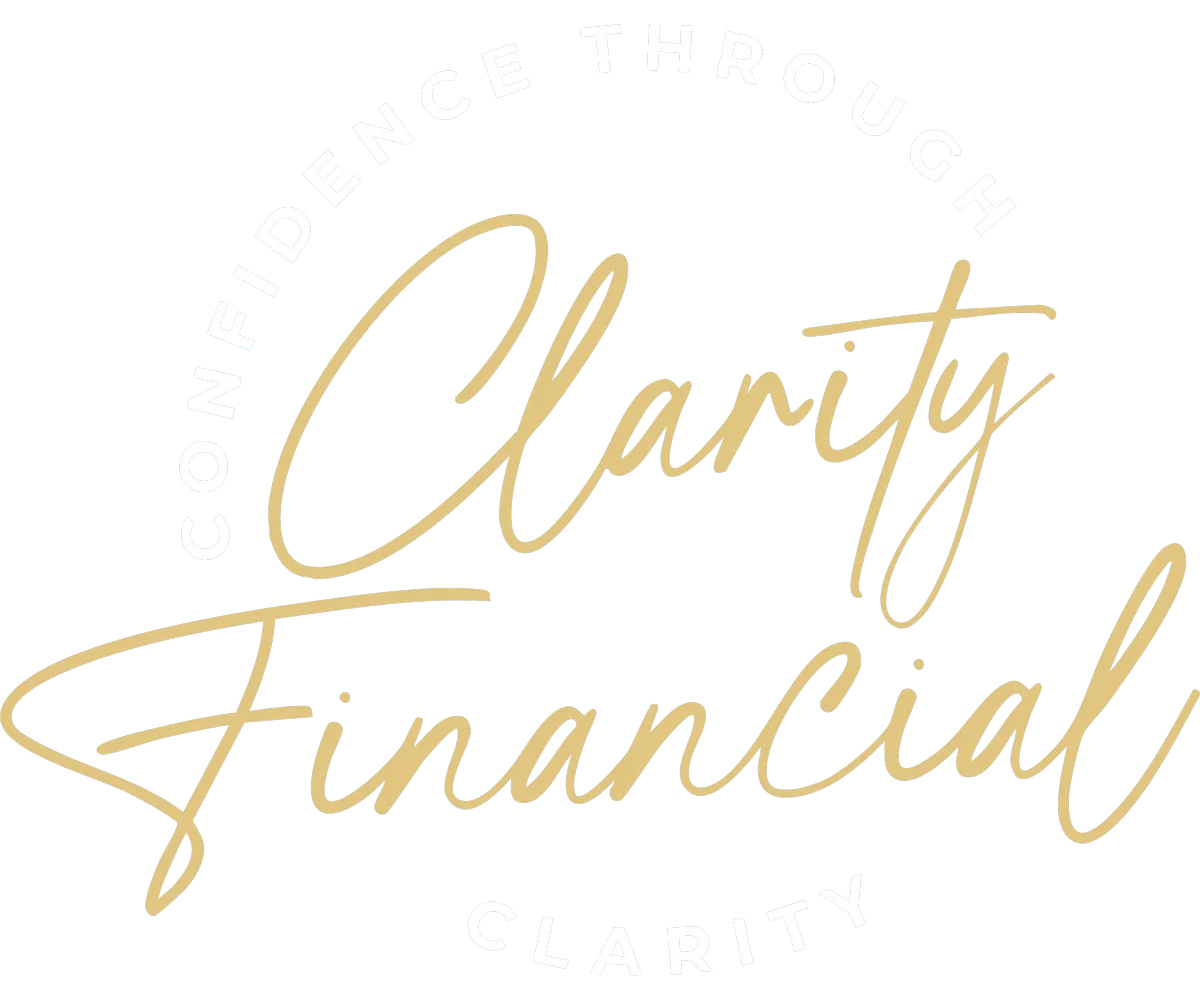
How Financial Wellness Programs Empower Your Team
Introduction
Financial stress is one of the biggest yet most often ignored drains on employee well-being, engagement, and productivity. When people worry about money — paying bills, managing debt, planning for the future — it affects their sleep, concentration, health, and ultimately their work.
At Clarity Financial, we believe that employers can do more than offer pay and benefits — they can build financial wellness programs that foster confidence, lower stress, and help employees thrive personally and professionally.
What Is a Financial Wellness Program?
A financial wellness program is more than a retirement savings plan or a budgeting app. It’s a holistic approach to helping your workforce feel in control of their finances. Key components often include:
One-on-one financial coaching or counseling
Workshops or seminars on budgeting, debt, savings, investing, and retirement readiness
Digital tools: calculators, financial planning software, worksheets
Education about workplace benefit options (401(k), HSAs, etc.)
Support around major life events (buying a home, children, elder care, emergencies)
These programs are designed to meet people where they are — whatever their income level, background, or financial literacy might be.

Why Employers Should Invest in Financial Wellness
Here are the major benefits of financial wellness programs — both for employees and for the company.
Increased productivity and focus
Financial worries distract. Employees stressed about money are less present, more likely to make mistakes, take more absences, and experience burnout. Wellness programs reduce those burdens so people can focus on their work with greater clarity.Better retirement readiness
Many employees are unsure whether what they’re saving now will be enough later. A strong program helps clarify what “enough” means, guides employees through contribution-choices (pre-tax vs Roth, employer match, etc.), and helps them plan for longer term goals like Social Security and retirement income.Higher utilization of benefits
Companies often offer many benefits — but employees may not understand or fully leverage them. From HSAs to employer matches, from investment diversification to stock-options, wellness programs help people make informed decisions so they get maximum value from what’s available.Stronger retention and loyalty
Showing that you care about employees’ whole lives — not just the work they do — builds trust. When employees feel supported with their financial health, they are more likely to stay, feel engaged, and view the workplace as a community, not just a job.Creating a culture of well-being
True wellness includes financial, mental, and physical health. Financial stability often underlies mental health. By helping employees manage financial stress, you contribute to broader well-being across the team. That in turn boosts morale, supports a healthier organizational culture, and can make your company a more attractive employer in competitive markets.
What to Consider When Building a Financial Wellness Program
Not every program looks the same. To do this thoughtfully, here are essential factors and best practices:
Assess employee needs
Conduct surveys or focus groups to find out what financial issues are most pressing: debt, saving for college, retirement, budgeting, etc. Tailor offerings accordingly.Offer flexible and varied resources
Some employees learn best through one-on-one coaching, others prefer digital tools or group workshops. Provide options: in-person or virtual, scheduled and on-demand.Educate about benefits usage
Make sure employees really understand their employee benefits: retirement plan match, health savings accounts (HSAs), flexible spending accounts, etc. Clarify how these tools work, tax implications, and how to maximize their value.Integrate with HR and payroll systems
Seamless integration helps: for example, ensuring deductions are handled correctly, financial deferrals are properly set, employer matches are applied, etc. Lagging or error-prone systems can erode trust.Measure success
Track metrics such as participation rates, employee satisfaction, reduction in self-reported financial stress, productivity improvements, or turnover reduction. Use these measurements to refine the program.Communicate broadly and often
Many people feel financial education is only for those with problems. Normalize financial wellness as part of overall health. Use internal newsletters, webinars, posters, social media, etc. to keep visibility high.Ensure privacy, trust, and neutrality
Employees should feel safe disclosing financial concerns. Coaches or vendors should be vetted, neutral (i.e. not selling products unless disclosed), and confidentiality respected.Budget & ROI considerations
There’s cost involved — coaching, tools, workshops — but leaders should view this as an investment. Harder to measure ROI sometimes, but one can estimate savings via lower turnover, less absenteeism, fewer mistakes, better benefit utilization, and stronger morale.
Real-Life Impact: Stories & Examples
An organization that introduced one-on-one financial coaching saw employees increasing their 401(k) contributions once they better understood employer matching, leading to improved long-term retirement readiness.
Another company with substantial turnover in mid-career staff reduced turnover by offering debt management workshops — many employees reported feeling more in control and less likely to leave for financial reasons.
Employers that communicate well about HSAs and benefits often discover employees had been under-utilizing or misusing them, costing both employee and company in missed tax advantages or lost matching funds.
Getting Started with Clarity
Here’s a simple roadmap Clarity Financial recommends for companies that want to implement or improve financial wellness:
Perform a financial wellness audit
Survey employees. Find out what their biggest financial concerns are. Review your current benefit offerings and educational supports.Set clear goals
What do you want the program to achieve? Reduce financial stress? Improve retirement readiness? Increase benefit utilization? Define measurable targets.Choose providers carefully
Whether external coaches, software platforms, or internal resources, ensure providers are competent, neutral, transparent, and aligned with employee needs.Phase implementation
Start with pilot groups if your company is large. Roll out in stages, learn from feedback, refine.Maintain and evolve the program
Employee financial needs change (life stages, economic conditions, policy changes). Keep the program fresh, adapt content, reopen feedback loops.Lead by example
Organizational leaders — executives, HR heads, managers — endorsing and using the program helps build trust. When employees see leadership participating, it signals that financial wellness is truly valued, not just lip service.
Conclusion
Financial wellness programs aren’t a “nice to have” — for forward-looking companies and organizations that care about employee well-being, they are a strategic advantage. When done well, they reduce financial anxiety, enhance benefit value, boost retention and loyalty, and build a more engaged, resilient workforce.
If your team could benefit from a stronger, more empathetic financial wellness program, Clarity Financial is ready to help.
Call to Action
Ready to take the first step? Contact Caroline Raker / Clarity Financial for a custom financial wellness program design or audit. Let’s work together to build a program that lifts up your employees — and your business — with clarity, confidence, and compassion.




